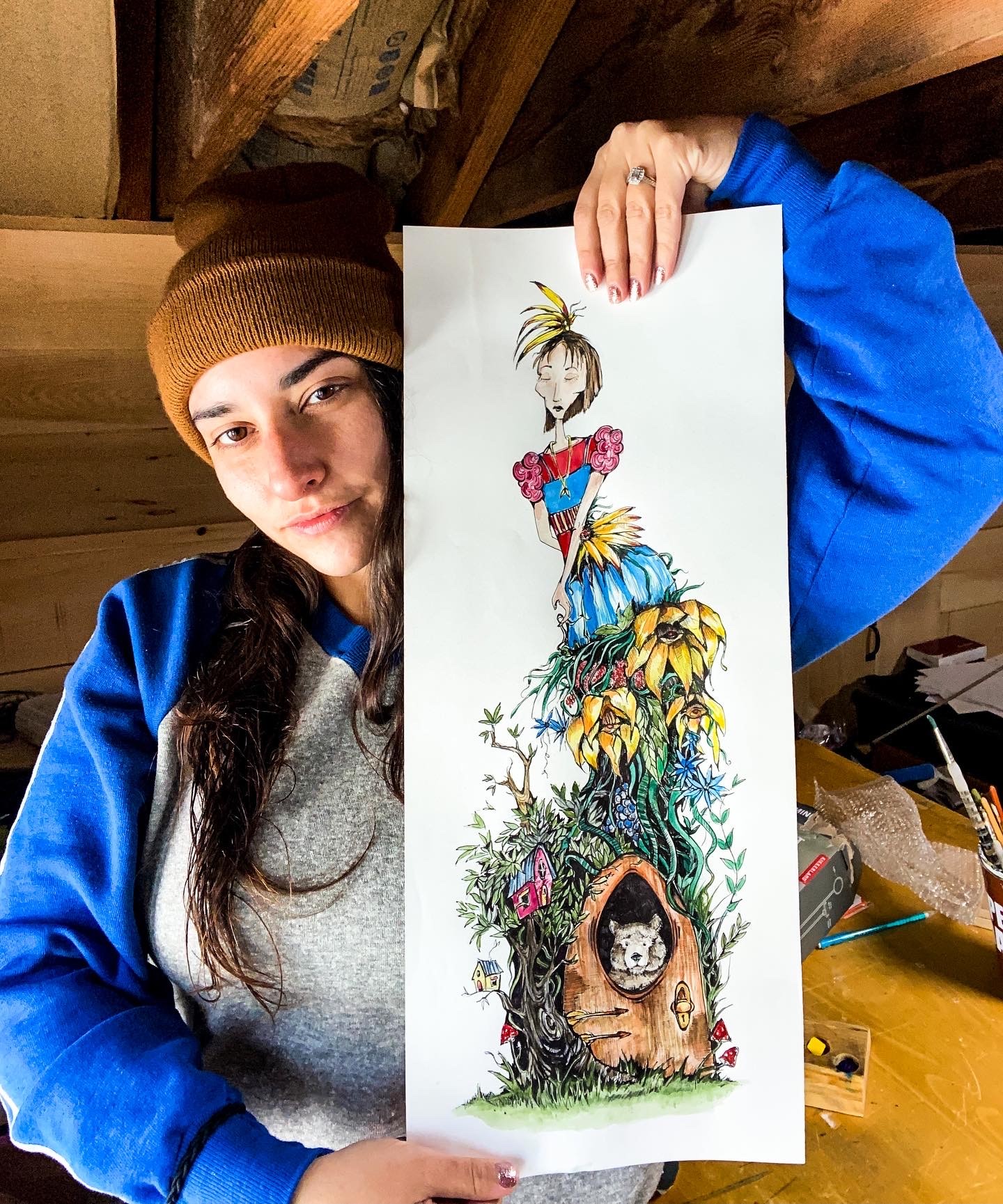We were lucky to catch up with Saz Ross recently and have shared our conversation below.
Saz, thanks for taking the time to share your stories with us today What was it like going from idea to execution? Can you share some of the backstory and some of the major steps or milestones?
I dipped my toes in the water of owning my business for three years before finally taking the plunge.
My idea of being a full time artist took years of convincing because I had to leave the safe, tenured space of the public school system, my community, and the art classroom. The idea to finally ACT came from the traumatic loss of my mother. She passed away in front of me and it left me in so many pieces, my identity was lost. I spontaneously quit my job, almost lost my husband, and let impulsive decision making consume me-never thinking, just acting, and leaving those who cared for me astray in my tornado of recklessness.
I was never a natural born risk taker, especially since my mother never took risks. She had a profound creative gift in illustration but kept her drawings hidden in a wooden box beneath the steps of my basement in New York. She spent her whole life hiding her talent and waiting for retirement to do the things she really wanted to do. Unfortunately, her time ran out and she never had the chance to share her gift with the world. The moment I felt her last pulse was the moment I decided that I am not waiting. I could not wait for my creative aspirations knowing that life could be so short. “Life is precious” is an easy expression to know but not one to live by until you see why before your eyes.
Shortly after the passing of my mother, my idea of leaving teaching turned into execution and I decided to focus more on my own creative gift. Although I jumped, I did not go high enough to reach my dream of being a full time artist and business owner. I landed in a safety net and decided to work for a non-profit called Leaders of Tomorrow Youth Center (LTYC) as a visual arts instructor. This way, I could devote half my time to teaching and the other half to art. It did not take long for me to realize that I left the art classroom only to be swallowed by it once more. As a result, I applied to be on the leadership team of LTYC and got the position. In my time there, I mentored thousands of students, educators, and community members all around Maryland and Washington D.C. with creative workshops. I served the underserved, homeless populations, troubled youth, impoverished communities, parents, and educators. I eventually took on the enormous responsibility of Director of Education, which meant compromising my art time even more. There was so much power in my purpose at LTYC and it was hard to walk away from a mission so strong and near to my heart…but I did.
I left LTYC after having my daughter because looking at my little girl gave me the courage to take the next jump. I kept thinking about how much I wanted her to be inspired by the fact that her mom went for it and did not make any excuses to hold her back.
Three whole years of waiting and eight years of doodling on my couch led to the full plunge into my business, Saz Factory Inc. My concept was to focus primarily on my art, creative workshops and public speaking but the switch from part time to full time artist was overwhelming. Launch mode had me spirling and my postpartum body was not keeping up with my art goals. If anything kept me focused, it was surrounding myself with communities of full time creatives and female business owners who fearlessly executed on a regular basis. Being around people who take risks is personally intoxicating. Every time I think I don’t have any control in my life, I think about the people who built everything from nothing. These are the people who re-route 1,000 times to arrive at their final destination and hear “no” as habitually as sirens on city streets.
Currently, I am thriving in execution mode and I owe it to the people who I spend time with. You cannot expect to transform ideas to actions without the right people in your corner. Support is essential, and it feeds you with enough confidence and security to take necessary risks. For instance, any time I see a person, business, or educational institution I want to partner with, I go up and ask for that partnership myself. I email, call, and follow up consistently. I am now numb to silence but for every “yes” that I hear, it drowns out the 100 “no’s” before it.
So…what does execution look like? I have residencies booked a year out, my artwork is in 2-3 more brick and mortar stores every week, and I am selling at festivals where my audience can see me in person and form meaningful connections with me. I reach out to at least 5-10 stores every week to sell my art prints and most of them never get back to me. The only reason I am able to keep calling is because I have turned execution into a lifestyle. Taking action versus keeping ideas buried in my mind is liberating, powerful, and rewarding.
Once you get accustomed to taking action, the box of creativity that sits in your soul opens itself up and it never closes again.
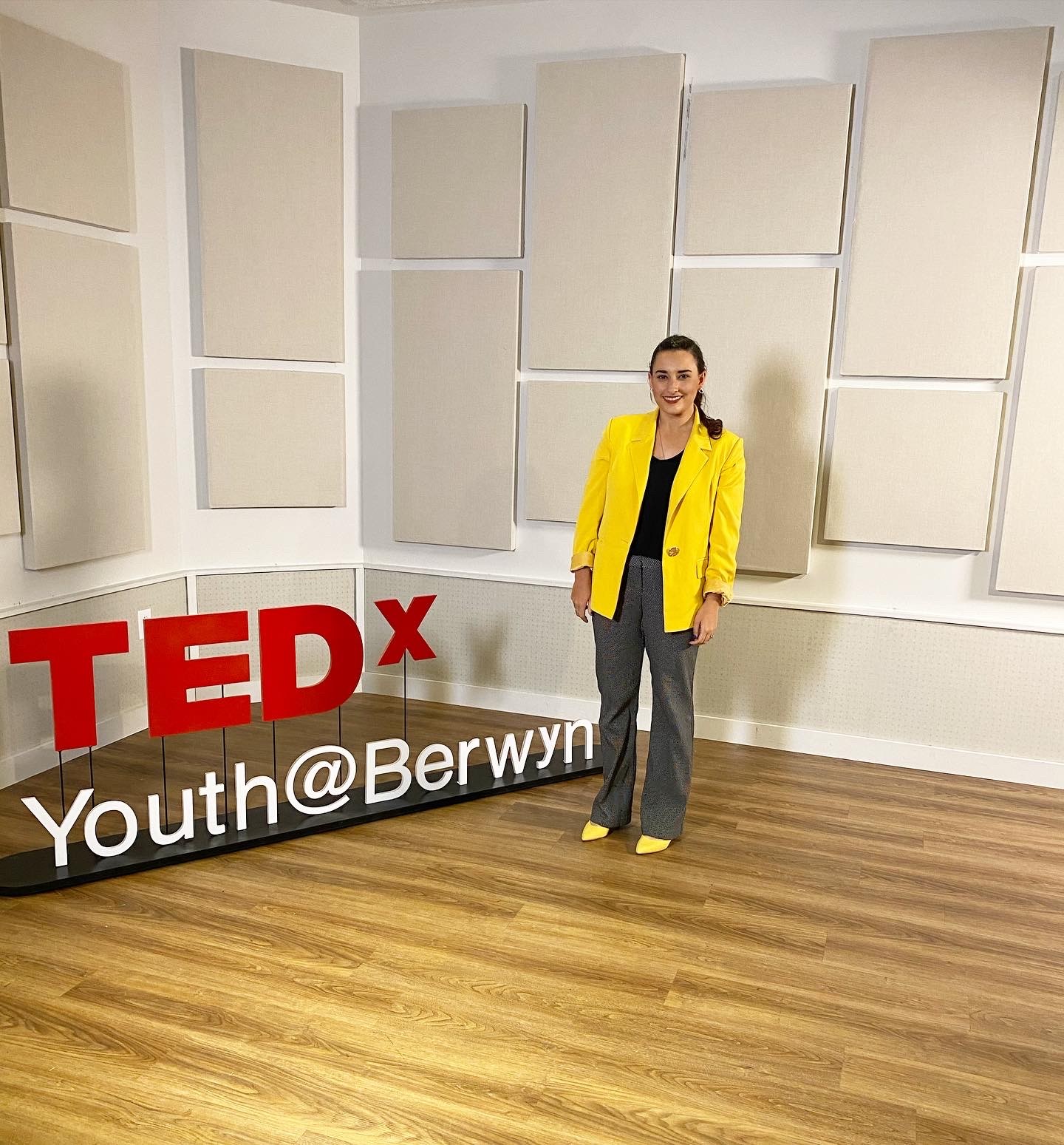
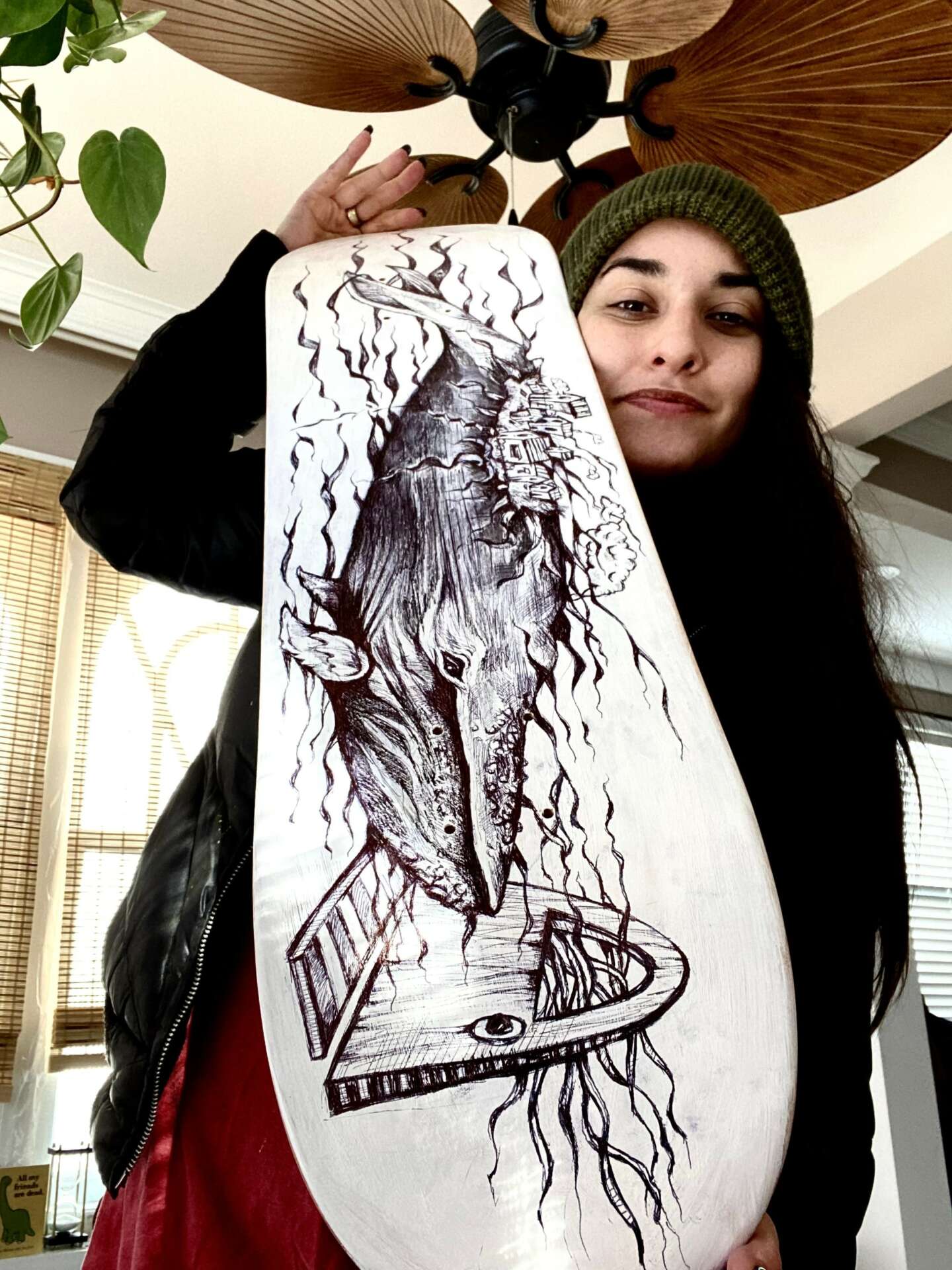
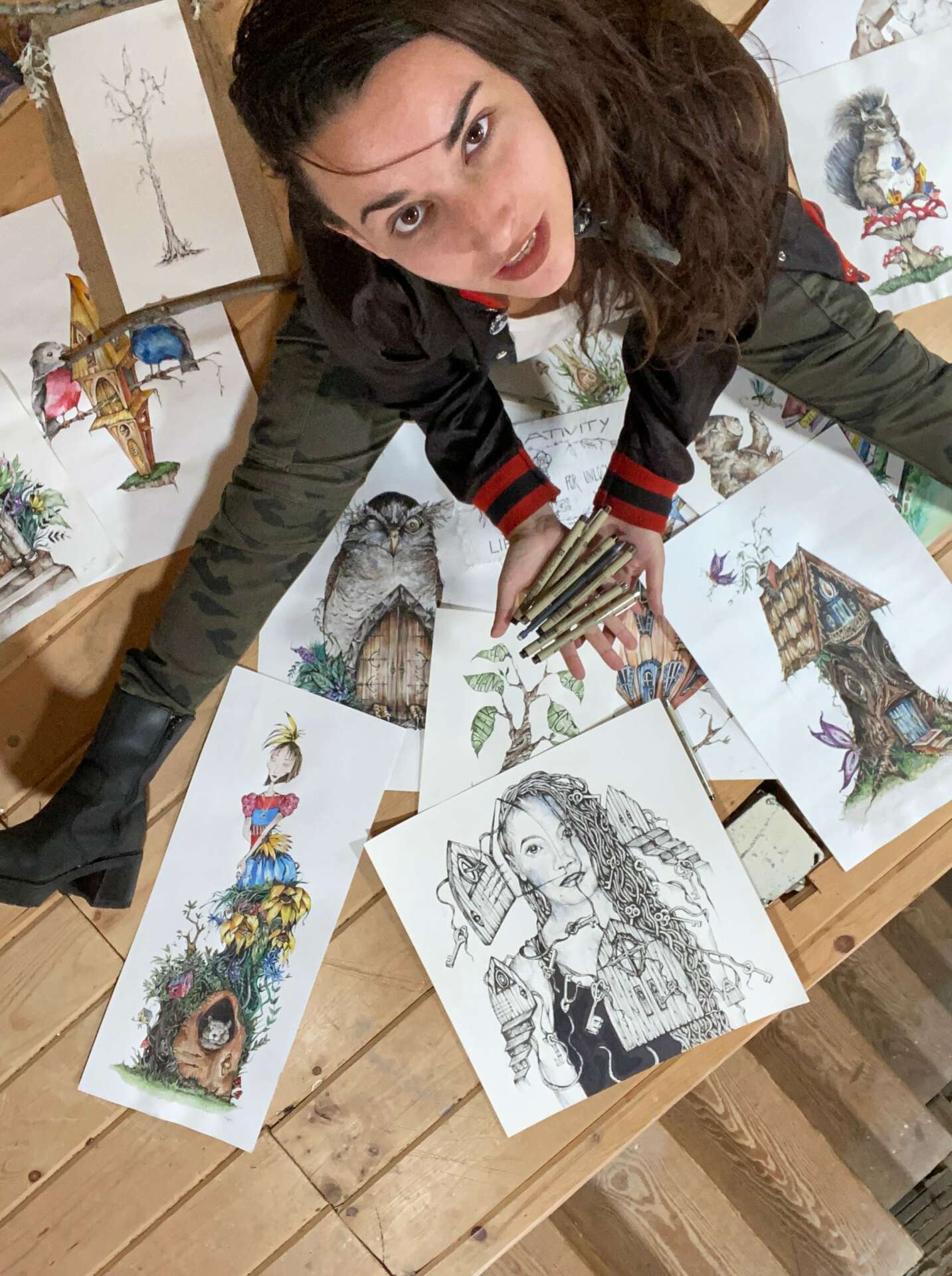
Saz, love having you share your insights with us. Before we ask you more questions, maybe you can take a moment to introduce yourself to our readers who might have missed our earlier conversations?
My name is Saz and I was raised in Queens/Long Island, NY and I have been living in Baltimore, MD for the past 13 years. When I graduated from Towson University with a degree in Art Education in 2013, I made Maryland my new home. I started my career in art teaching because it married my two passions-creativity and speaking. Teaching art allowed me to connect with students in a meaningful way. As an art teacher, I wore the same hat as a therapist, mentor, public speaker, role model, motivator, and artist. The relationships I built at school were so meaningful but I never let it interfere with my own creative work.
In the very early stages of my art career, I started by drawing with pen and ink on my living room sofa. Every day after teaching, I went home to my drawings. I would take my pens and watercolors and escape into a world of whimsy filled with animals, architecture, and nature. Why? Growing up with a train track running through my backyard left me with less nature and more curiosity about a world beyond the tracks. Also, my mother used to draw all the same subjects I concentrate on and I feel like a piece of her is in everything I create.
I decided to print my art after a few years of doodling consistently to see if anyone had interest in them. I liked using online resources to share my work but there was no greater feeling than seeing the faces of people who really connected to my art in person.
When I started doing pop up art tables at stores, markets, and festivals, I knew I was onto something. People were entertained by my illustrations- an elephant hanging on a telephone wire, three angry ostriches with tiny houses on their heads, and a moose with books and vines hanging from the antlers. My work was likable to a wide audience and the whimsical juxtapositions of subjects set me apart from other illustrators.
As soon as I realized there was a market for my work, I made a website and presented myself on social media in a more professional fashion. I posted my work consistently and even though my following was not off the charts, it was extremely loyal. I had people who collected my work and bought every new piece I created.
At this time, I decided to expand my inventory to not just original artworks and prints, but stickers, bookmarks, cards, t-shirts, tote bags, and a coloring book. Businesses found me online and at festivals to get my work on skateboards, record albums, product labels, logos, wedding invitations and so much more. I even started designing large-scale commissioned artworks and murals on interior and exterior walls.
With all of the momentum I have had over time with my artwork, I have learned what keeps people coming back for more. As an artist and speaker, every part of who I am IS the brand for my business. The quality of my artwork matches my disposition. I am outgoing, friendly, and kind. I take time to get to know the people who buy my work by touching base with them on a regular basis. These relationships are work but it is the work that makes my business thrive. Touch points, lunch dates, and corresponding in a timely fashion builds unbreakable loyalty and keeps people coming back for more.
In terms of the work I am most proud of, it would be my creative workshops. I provide art therapy alongside execution based strategies for creative action in one’s personal and professional life. My workshops branch to educational institutions and businesses that want to prioritize thinking differently while building community. Creativity has the power to strengthen the culture of any environment and can allow people to break down the walls of inhibition that stifles innovation.
My creative workshops also expose a new definition of what success means and it always appeals to my audience.
Here it is…
Success is not tangible, it is a feeling. It is not 7 digits in the bank, winning awards, or 1 million followers.
Success is knowing that you are living at your highest potential by utilizing your strengths for the greater good.
Success is feeling fulfilled by knowing who you are and what you are meant to do with your life.
Success is living with limitless passion for what you create and how you share that with the world.

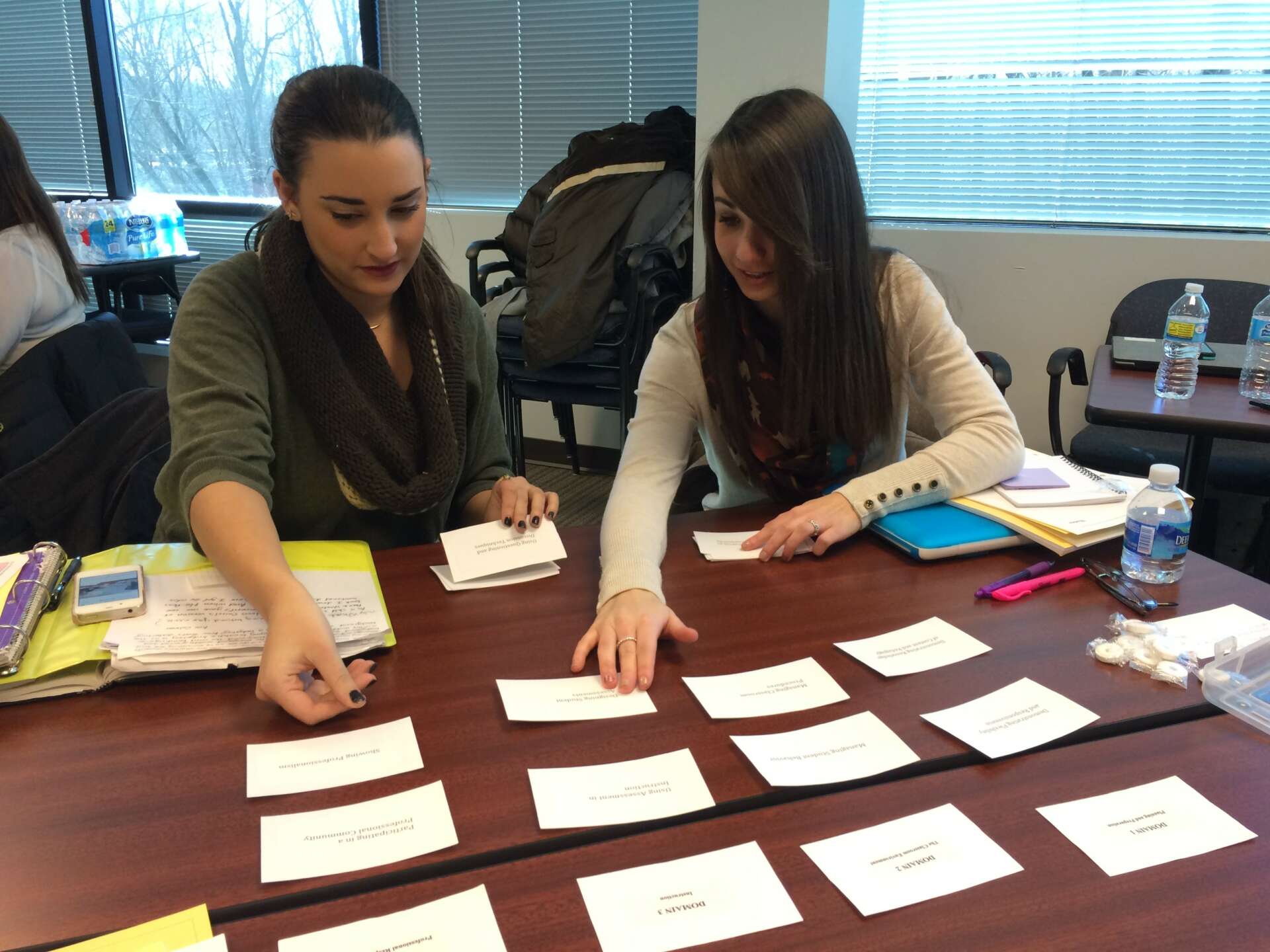

What’s a lesson you had to unlearn and what’s the backstory?
To not glorify “the grind”
I am a millennial who grew up in a work crazy culture. I was raised in New York and it was clear that people wanted their first million before getting married. Prioritizing the chase for money, success, and power clouded the importance of self-care, relationships, and mental health.
Endless working was something I had to unlearn in my 20’s because I was addicted to having more. I always wanted to live a financially comfortable life because I did not have that as a child. I remember my mother sitting me down at multiple points growing up to share that we could move at any moment because where we lived was too expensive for our family. This instability prompted my work crazy habits. I had three jobs as a teenager, three jobs as a college student, and I now have to remind myself that I need to scale work down because I am not in survival mode anymore.
Glorifying the grind has ended significant relationships in my life and if I have learned anything from it, I can say that work will never be as valuable as the time I spend with the ones I love. Balance is essential and knowing how to master your work schedule while maintaining healthy relationships is what allows you to thrive.
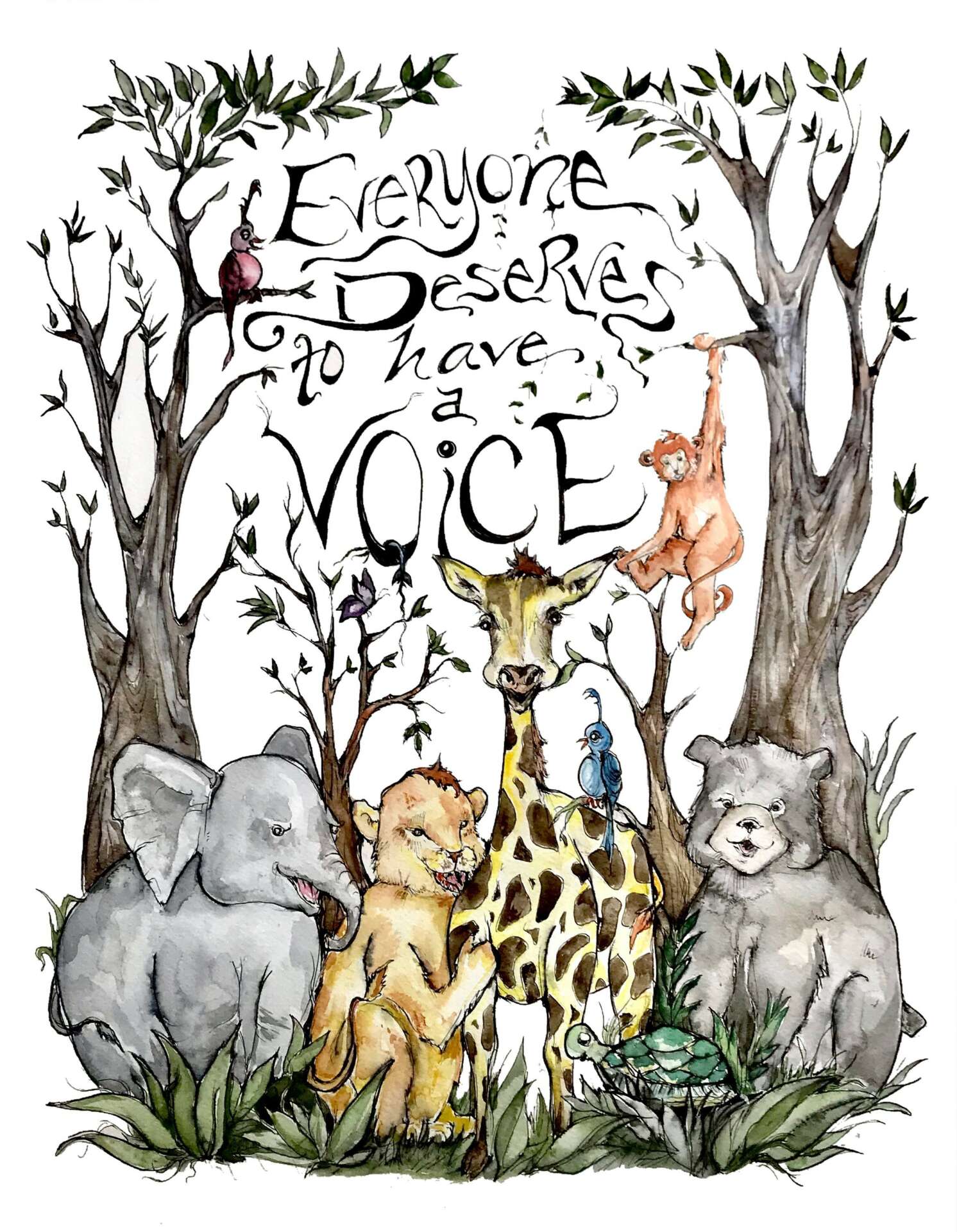
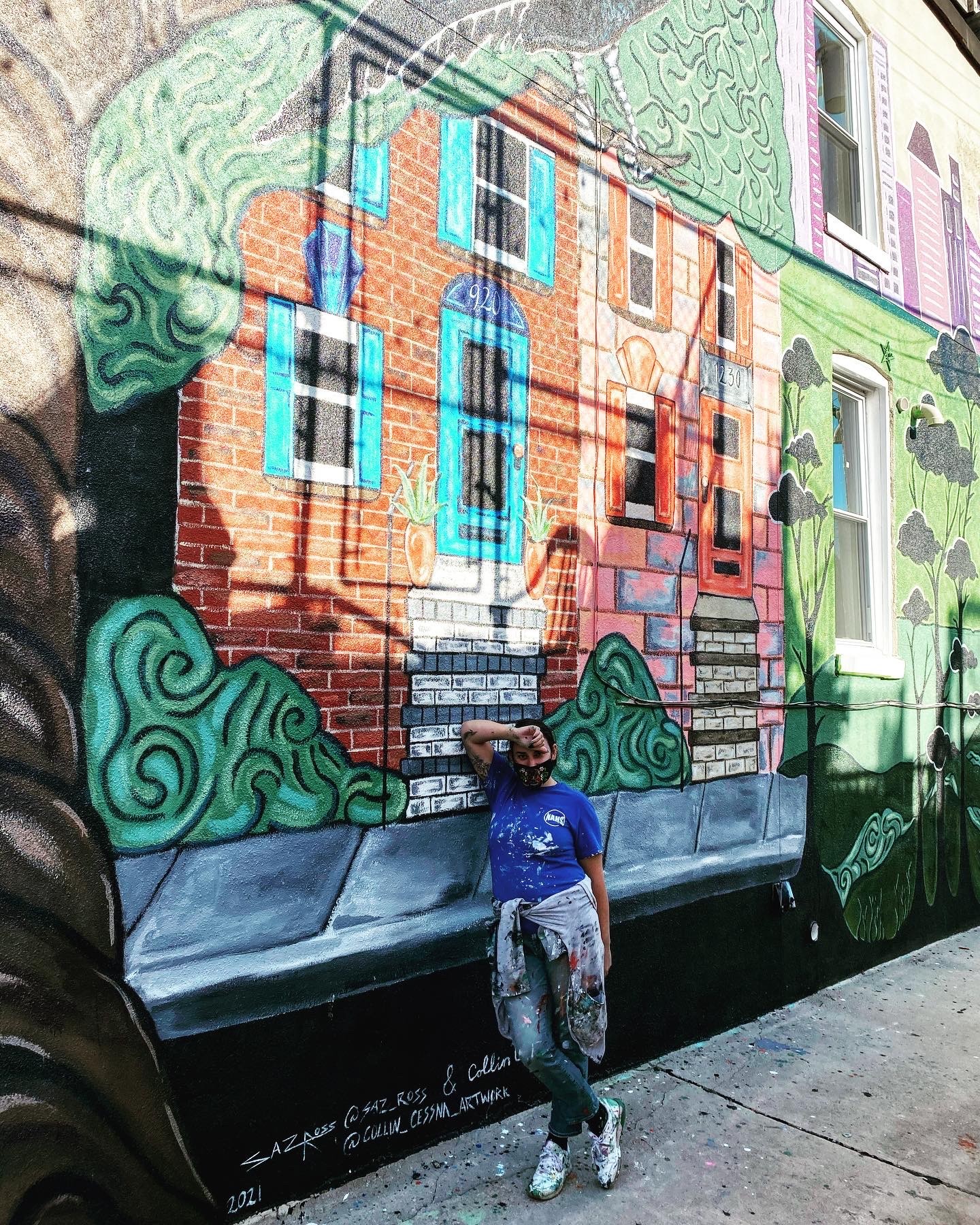
Any advice for growing your clientele? What’s been most effective for you?
Connection and Expansion are the key ingredients for building a clientele base.
The most effective strategy for growing clientele is providing authentic connection. I love selling my work in brick and mortar stores because there is a value to someone picking up your work and genuinely connecting with your product- not because they are forced to look at an advertisement but because they walked over to it due to pure interest and curiosity.
In the beginning of my brick and mortar venture, nobody was returning my emails. I felt like I was at a dead end and my products were not good enough to be sold in stores. Until one day, I decided to drop in some of the stores while the owners or managers where there and they LOVED my work. Many owners mentioned that they have so much email that it is hard to keep up with correspondence. By physically showing up to the stores I wanted to sell in, I achieved the most success and it gave me the credibility to pitch my work to bigger businesses.
My business strategy is now seasoned enough to gain 3-5 new partnerships per week and it is because of the work I did to maintain authentic relationships.
Another form of expansion that has allowed me to grow my network is my email list. The list has grown due to the amount of festivals and markets I apply to on a yearly basis. This organic growth forms meaningful connections that are not vailed by a screen. I have known many artists to become frustrated and angered by the constant shifts in social media algorithms. Having to learn or unlearn how to post or sell your work is time consuming and many online accounts are hard to trust so I have learned the value of setting the foundation of business relationships with in person events.
After 5+ years of in person festivals, markets, and gallery shows, I have built a genuine following that allows me to sell my work online and in person effectively.
Never underestimate the value of in-person networking!
Contact Info:
- Website: www.sazross.com
- Instagram: @saz_ross
- Facebook: Saz Factory Inc.
- Linkedin: Saz Ross
- Twitter: @saz_ross
- Youtube: Saz Ross


